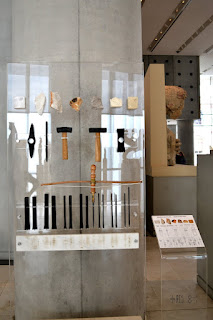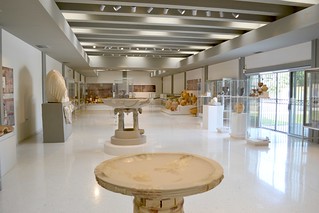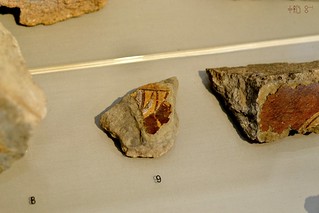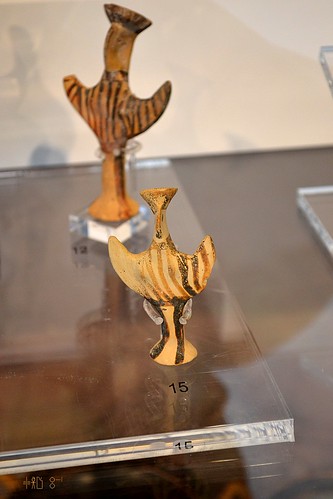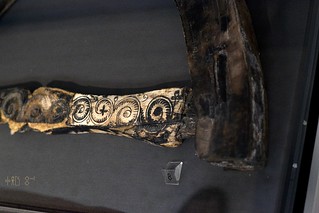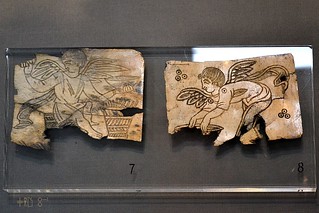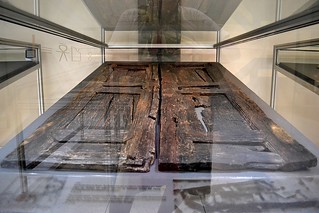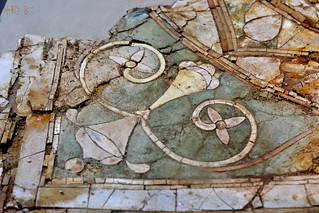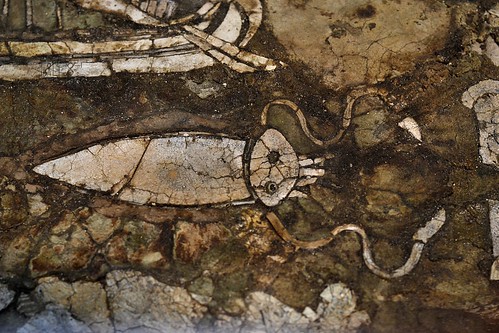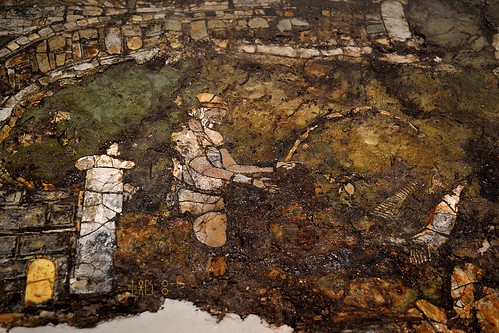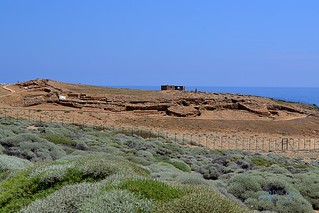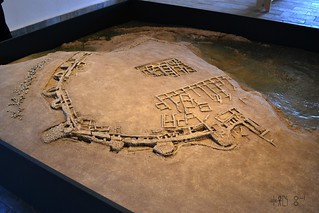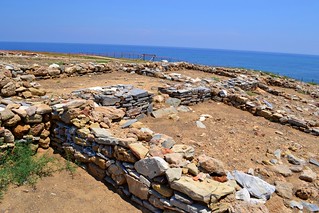Every retelling of an experience is a recreation of that experience – it goes one step further from the experience itself as every re-imagining requires us to recreate in our minds eye that which we are retelling. I do not fancy going into Plato’s theory of forms right here, so don’t push me.
I woke on Saturday morning after seeing an amazing dream. I have recounted it twice, very conscious how each retelling destroys some of the magic and awe in the original dream I experienced, but since I haven’t had one in a while, here is the dream I had on Saturday night, in its third outing, and the first time in English – all original dialogue or rather esologue was in Greek.
I was sleeping in bed – not my bed, but my bed, you know how it is in dreams. I was hot, too hot to sleep, so I woke up and noticed I had two t-shirts on, and took one off. I woke up again, too hot to sleep, and again I had two t-shirts on, so I took one off. In the end, realizing I would not be sleeping any longer, I got up.
K was there and told me to come and see how things were, now the packing cases had been moved away. There, behind where the packing cases had been, a narrow corridor led away, glass blocks making up the wall on the right, and on the left the main door to the apartment, which I realized we weren’t using because it had been hidden away behind the packing cases. The corridor had a large room at the end of it, and when I reached it I was in a huge sitting room with sofas and armchairs on a number of levels, with all mod cons and plenty of space and good lighting. The house was not set up as I would like it, being something a little too much towards a sort of seventies set up, but it had everything I could want or need. From the sitting room, a dining room led off, with dining table and chairs, again, everything anyone could possibly want. Up some stairs, a second sitting room, less formal, with huge TV, stereos, electric guitars with amps, and a playstation with a broken steering wheel accessory.
And I remember at this point thinking to myself, where has all this stuff come from, and sensing the answer that it has always been here: I just couldn’t see it because the packing cases had shut off access to these rooms. So there I was in a house full of everything anyone could want or need, and realizing that I had always had it.
Jack Torrance aside, it was an amazing, awe-inspiring dream. I woke fully aware of the interpretation of the trunk of the dream, if not all the details and said to myself, oi – you better not forget this one if you go back to sleep now!
Three days on, I am still high on the realization that it’s up to me to move the packing crates and reveal what I know to be behind.
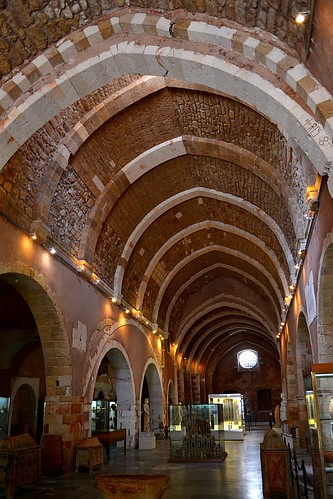
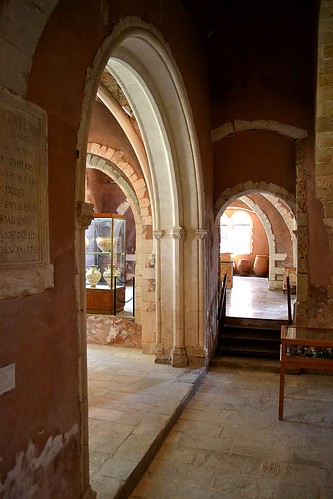


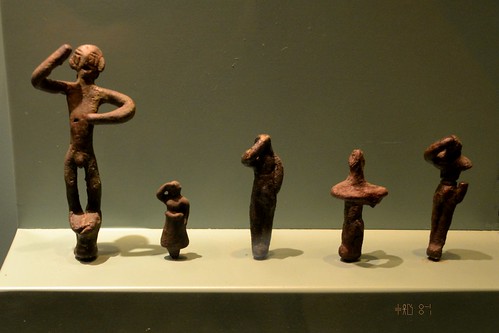

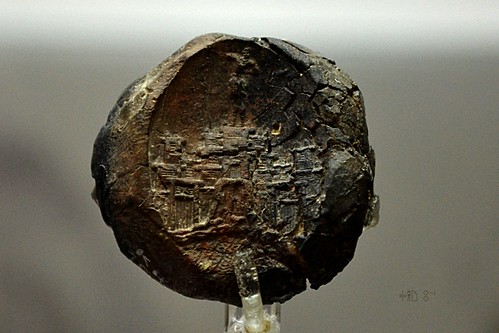





.jpg)
